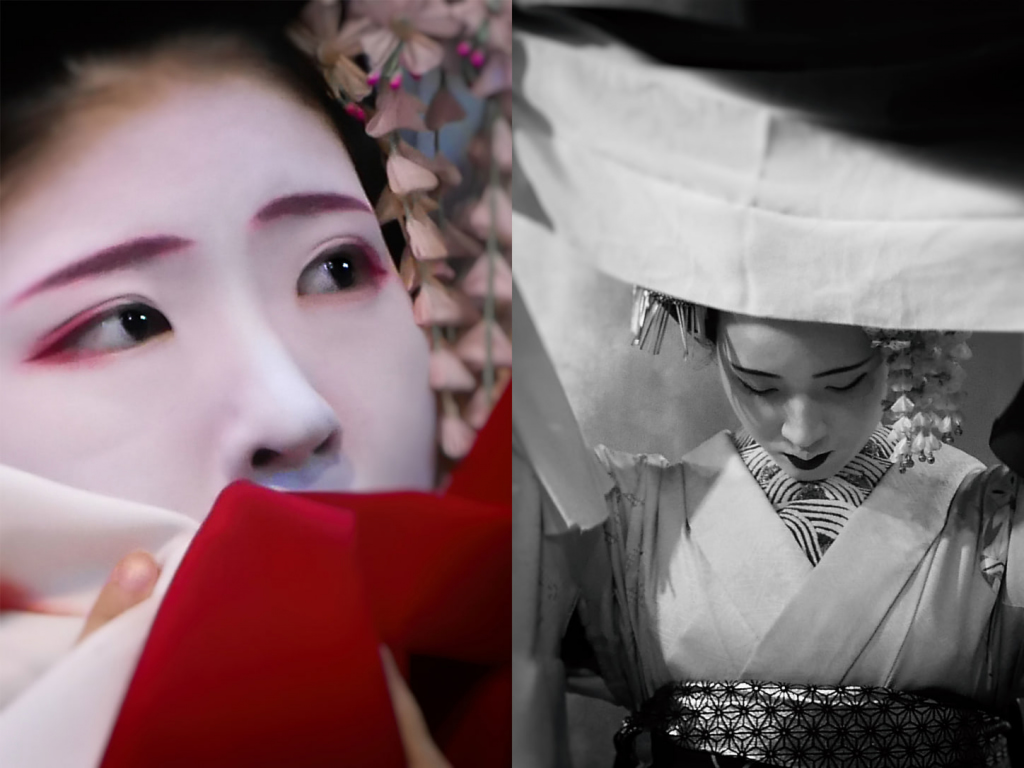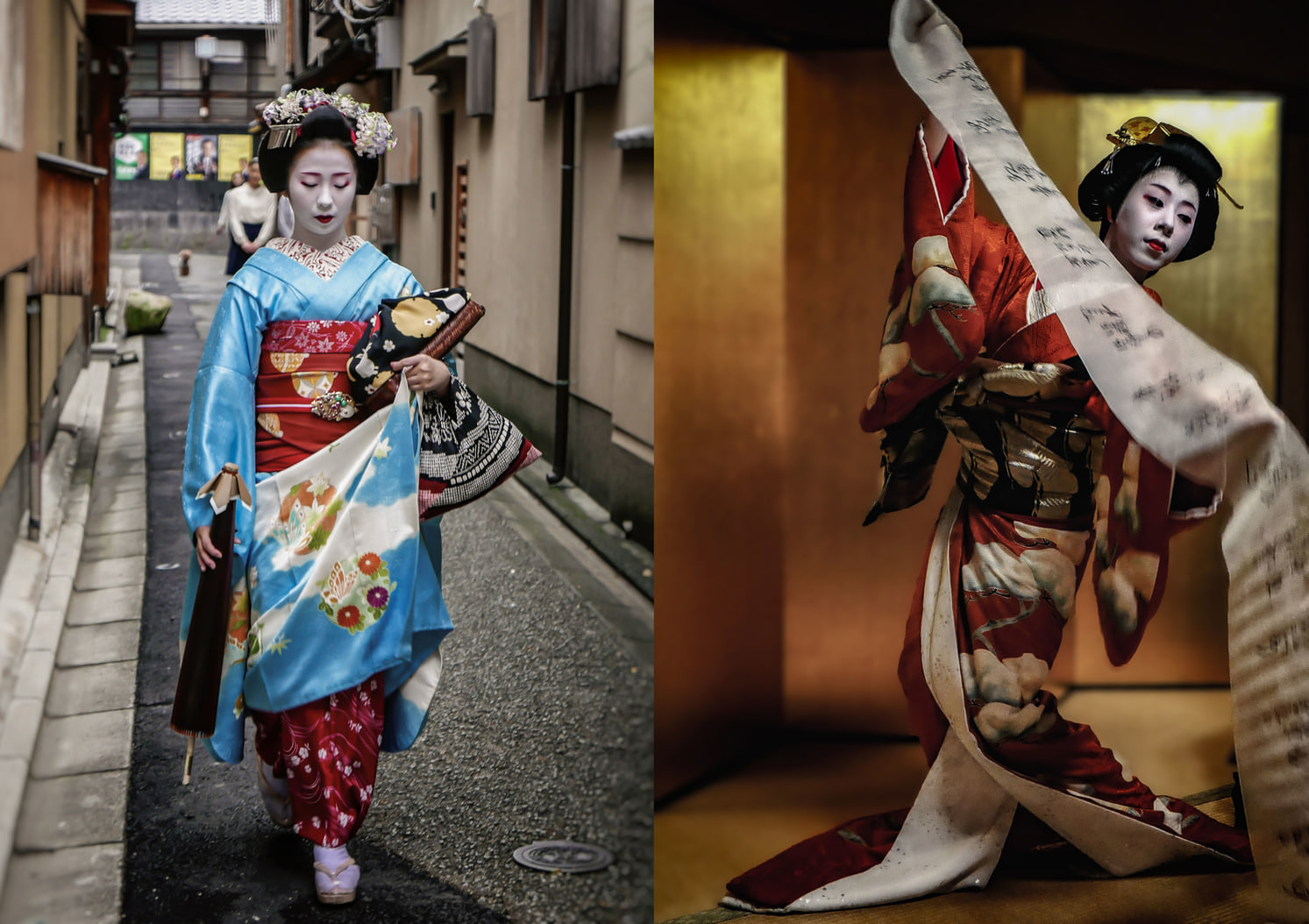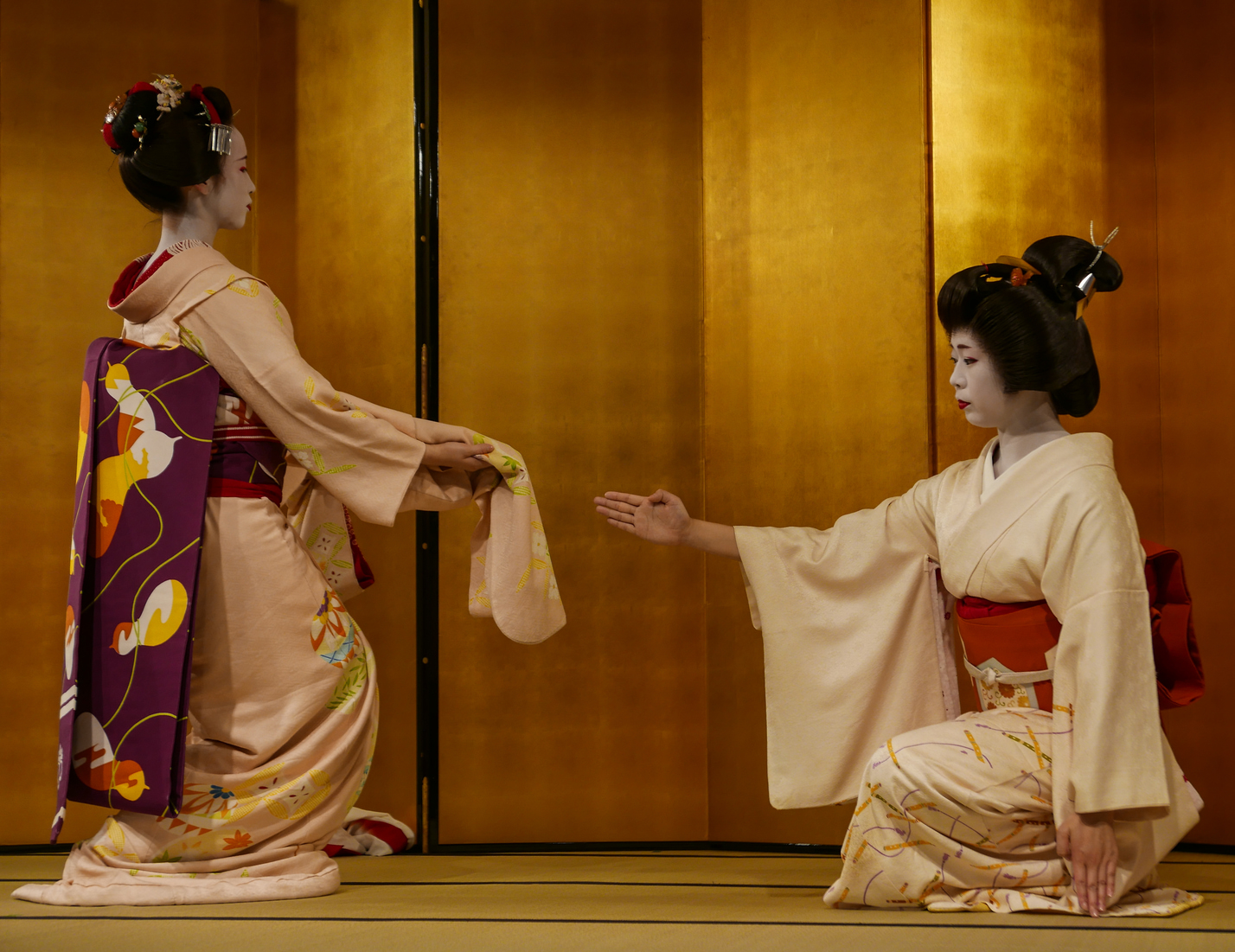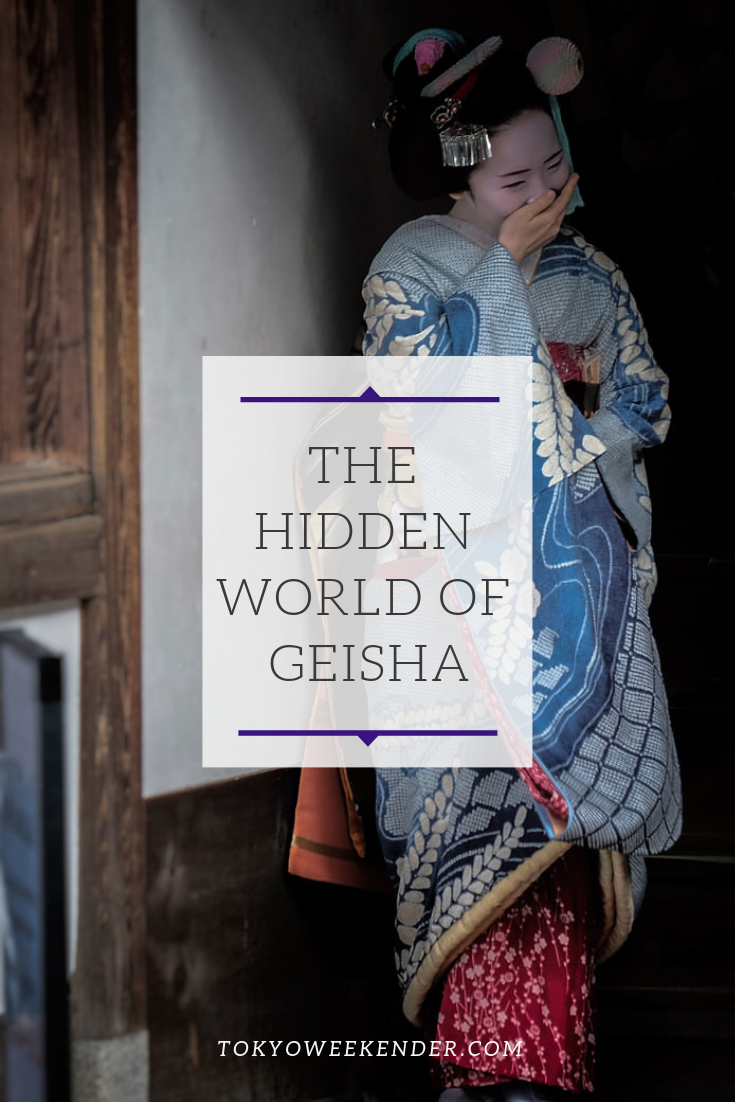Lonny Chick came to Japan over 20 years ago with an intense interest in Japanese culture and history. Back then, the Heian to Sengoku periods lured his interest – the old war tales of bloodshed, betrayal and war read like a great novel. It wasn’t until a few years later that he understood that much of what modern Japan considers traditional Japanese culture hails from the Edo period. It was then that his attention – and his camera lens – began to focus on geisha and how they fit into the picture.
“At first, as a Westerner, I had my own unique views of what I thought geiko or maiko were. To me they were just ‘part of that Japanese thing’ – you’d see them on TV and in old movies from the US occupation, like Jerry Lewis’ The Geisha Boy. You read fiction and you get these crazy notions about what they are – or what you think they are – but they’re really not any of those things.”
Chick became curious about interacting with these women who are preserving a culture dating back hundreds of years. But it was by pure chance he had his first encounter with a real geisha. On his Obon vacation in 2009, he set out on a trip to go see castles and take some photos. Climbing down Sawayama in Hikone, he took a tumble and split his shorts – but didn’t notice. After a long trek in the sun, dehydrated and sunburned, he headed to an izakaya in Pontocho (a geisha district in Kyoto) to tend to his wounds. Leaving the bar, he ran into some acquaintances who invited him to join them for a drink with a geiko (full-fledged Kyoto geisha) they knew. He protested at first, stating he didn’t have the money, but they offered to pay. And so Chick’s initiation into the world of Kyoto geiko began.
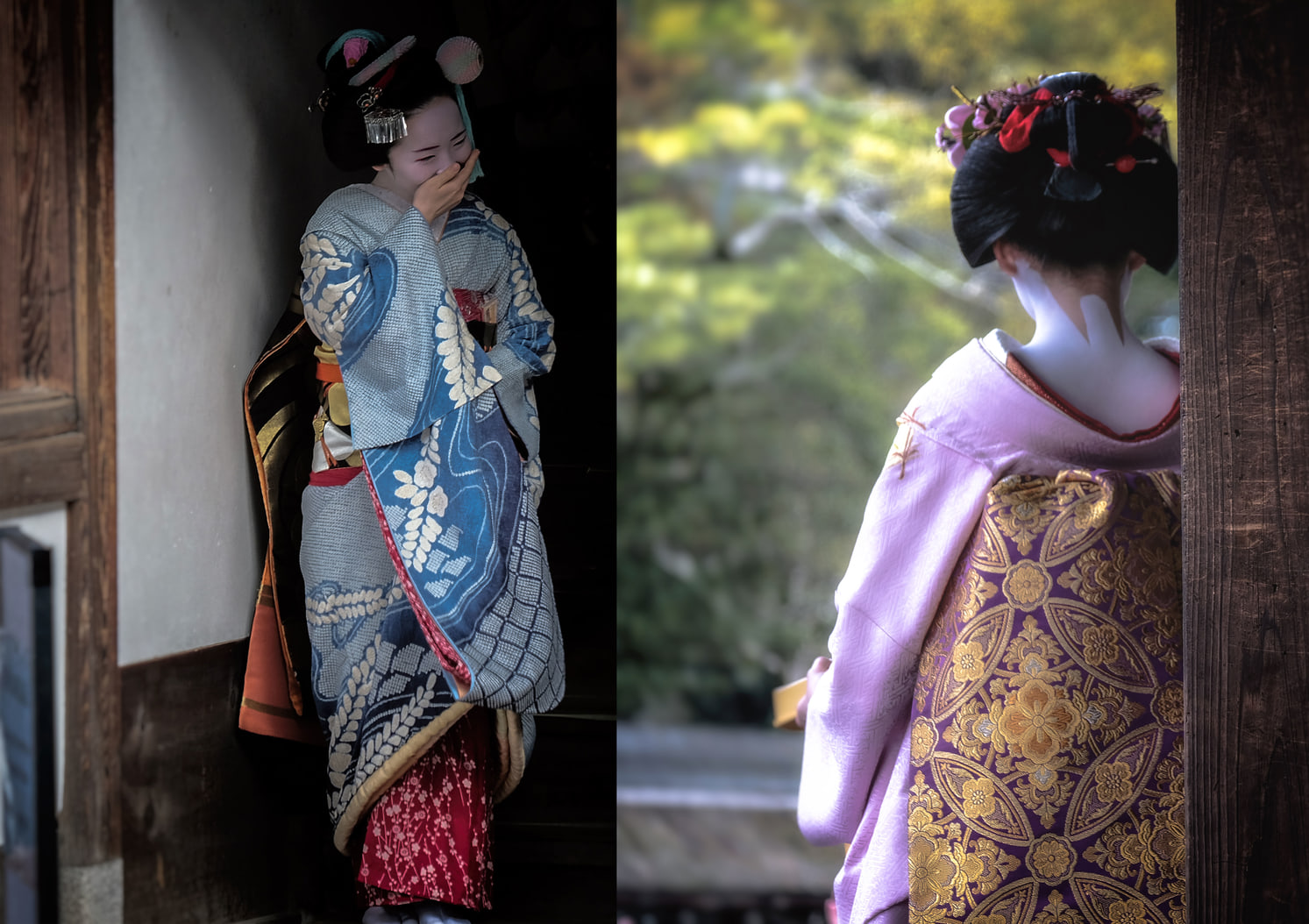
“It became clear to me that in reality geisha are cultural ambassadors to a time that doesn’t exist anymore. It ties into this idea that Japan is old and new combined together. Kyoto geiko are portals to the past as thoroughly modern women – they choose to devote their careers and time and effort to understanding traditional arts, and to speaking and doing things in ways not done by modern Japanese. Obviously without time travel we can’t go back and see what the past was really like, so this is the second-best thing. This is living history. They are ambassadors of Japanese culture and a different time.”
“People need to remember that geiko and maiko are not dolls”
Chick lights up when he describes the appeal of a zashiki (dinner party with geisha entertainment), emphasizing it is an honor to be in the presence of these unique women. “People need to remember that geiko and maiko are not dolls. They are real people, real women, and they choose to do this profession for a variety of reasons. It’s important to understand that they are not just objects.”
While Chick argues that he’s not a professional photographer, he does have unique opportunities for rare, distinctive photos that most people aren’t able to take. Since zashiki are mostly invite-only, you must be well connected to have access to geiko and maiko at teahouses where they work. Chick makes the most of these special events to capture the moment.
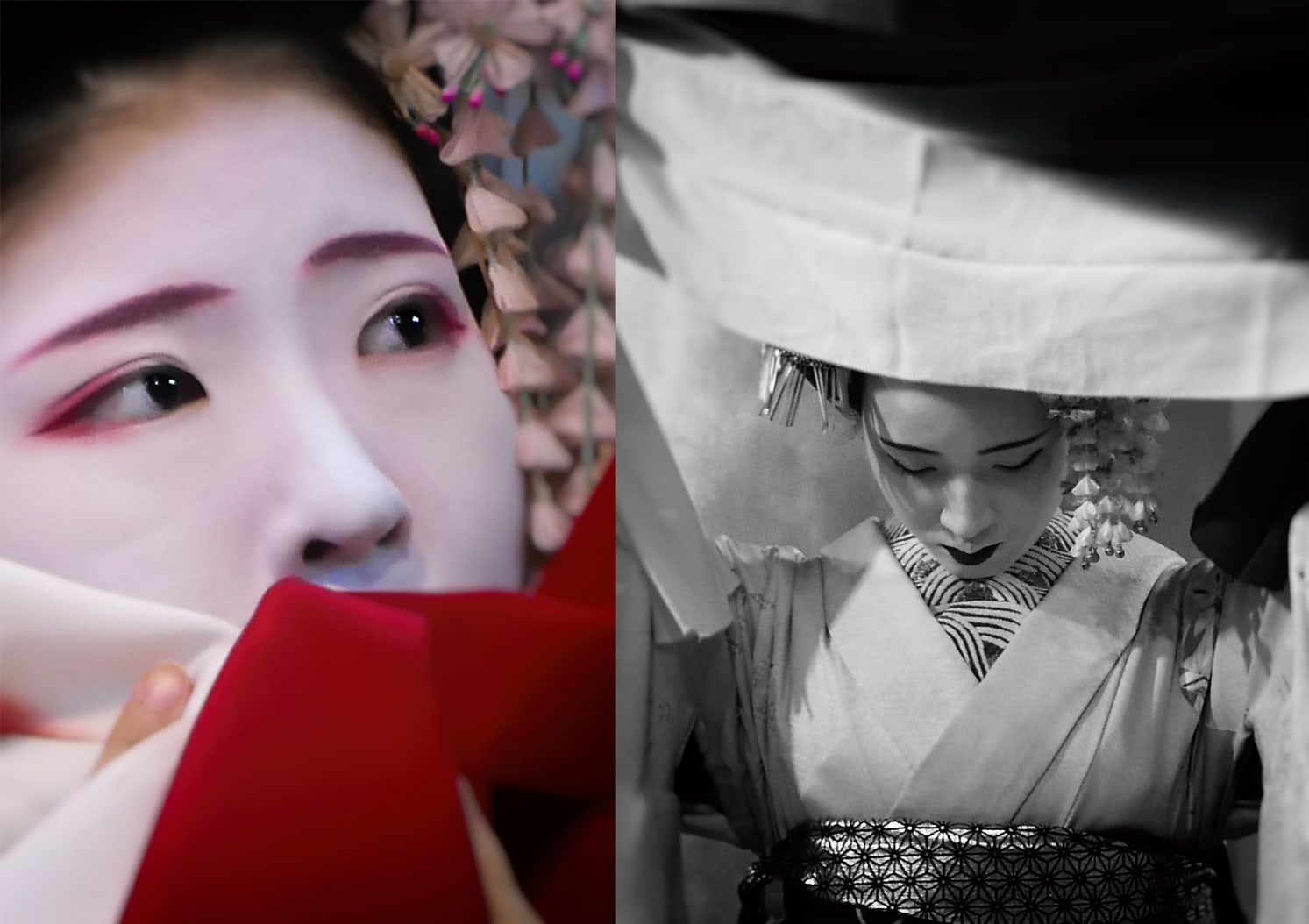
“A zashiki is just good conversation, good fun and great dancing. It’s kind of ichigoichie [one time, one meeting]. You can get some great pictures of geiko and geisha on the street, even in Tokyo, but when you’re really interacting with them you get to see a side of them that’s different. They smile and laugh all the time. It’s only when they dance and perform that they don’t smile, unless it’s a comedy sketch. Traditional kyomai face is supposed to be serious or even sad depending on the dance number. It’s fun to see them as real people and to share that with others. A lot of times you see fantastic photos of maiko or geiko, much better than my photographic skills. They’re beautiful photos but they’re staged. Many photographers use them by the hour as models. They rent a room at an old teahouse or go to a temple in the morning when there’s no-one in there. All my photos are spontaneous and perhaps that’s what makes them a little more unique. I may not be technically superior to some other photographers whose work I very much admire, but I do capture very real and natural moments of their lives. I do have to be mindful of what I publish, though.”
As for what his wife thinks of his forays into Kyoto’s world of geiko and maiko, Chick grins. “My wife has been my partner in crime for most of my zashiki experiences. It’s not just for men – women go, too. I like that, because it’s so easy to create a misunderstanding if a guy is spending so much time and a lot of money on something like that. My wife appreciates those aspects of the traditional Japanese culture too and I think she enjoys chatting with some of them more than I do. They have a good time making fun of me. It’s the old misconceptions, even in the old days of Japan if the husband just spent all the money drinking, it hurts the family finances and that was one of the points of a discontented household. Then there’s the misconception in the West that geisha are prostitutes – which is not true at all – that could create other problems with a Western couple. It’s an old myth perpetrated by Hollywood movies and even before that.”
Find more of Lonny Chick’s work on Flickr and on Instagram.
Where and When to Find Geisha
Without proper introductions and a reservation, it is virtually impossible to get into a teahouse entertained by geiko and maiko. However, don’t fret – you can spot them in other places:
The Five Kagai of Kyoto
The highest chance of encountering maiko and geiko will be anywhere on the streets of Kyoto’s five kagai (geiko districts): Gion Kobu, Gion Higashi, Ponto-cho, Miyagawa-cho and Kamishichiken.
Ryokan/Restaurants
Some traditional Japanese inns, such as Gion Hatanaka, have dinner courses for which you can reserve seats and enjoy geiko and maiko entertainment. Photos are usually allowed at various times during the performances or during conversation.
Summertime Beer Gardens
Kamishichiken has one of the most famous summertime beer gardens where you can chat with a maiko and take photos. Reservations are required and can be made through contacting the Kamishichiken Kaburenjo (Theater). Gion Kobu sometimes also has a beer garden or summertime event involving maiko.
Plan Ahead
Often, geiko and maiko make special appearances at various festivals or other promotional events. Scour the internet or check with your hotel’s concierge to see if there are any geiko or maiko appearances planned.
Events with Geisha Appearances
- Miyako Odori, Apr 1-27.
- Yasaka Hall Gion Corner.
- Aoi Matsuri, May 15.
- Gion Matsuri at Yasaka Shrine, July 1-31.
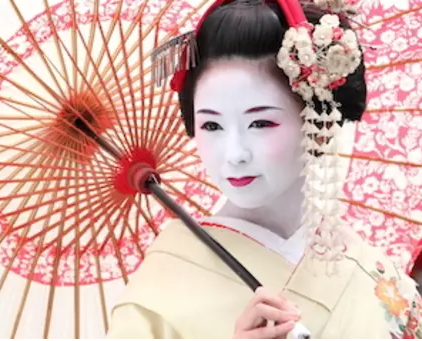
DISCOVER THE HIDDEN SECRETS OF KYOTO’S GEISHA DISTRICTS
Take the ultimate tour to discover the traditional geisha culture of Japan
For an extra 5% off use our coupon code TOKYOWEEKENDER during check-out.

